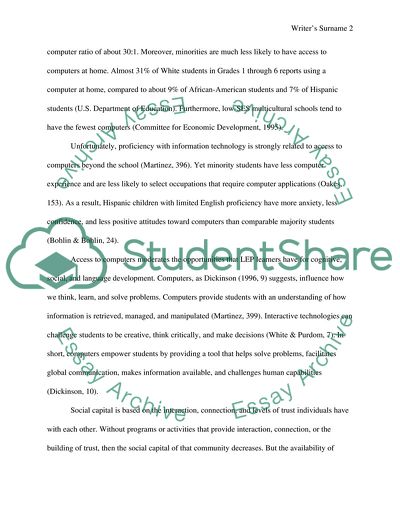Cite this document
(Computer Technology Provides Opportunities for the Application of Admission/ Essay, n.d.)
Computer Technology Provides Opportunities for the Application of Admission/ Essay. Retrieved from https://studentshare.org/education/1741183-interactive-and-authoring-tools-infusing-technology-in-the-classroom
Computer Technology Provides Opportunities for the Application of Admission/ Essay. Retrieved from https://studentshare.org/education/1741183-interactive-and-authoring-tools-infusing-technology-in-the-classroom
(Computer Technology Provides Opportunities for the Application of Admission/ Essay)
Computer Technology Provides Opportunities for the Application of Admission/ Essay. https://studentshare.org/education/1741183-interactive-and-authoring-tools-infusing-technology-in-the-classroom.
Computer Technology Provides Opportunities for the Application of Admission/ Essay. https://studentshare.org/education/1741183-interactive-and-authoring-tools-infusing-technology-in-the-classroom.
“Computer Technology Provides Opportunities for the Application of Admission/ Essay”, n.d. https://studentshare.org/education/1741183-interactive-and-authoring-tools-infusing-technology-in-the-classroom.


